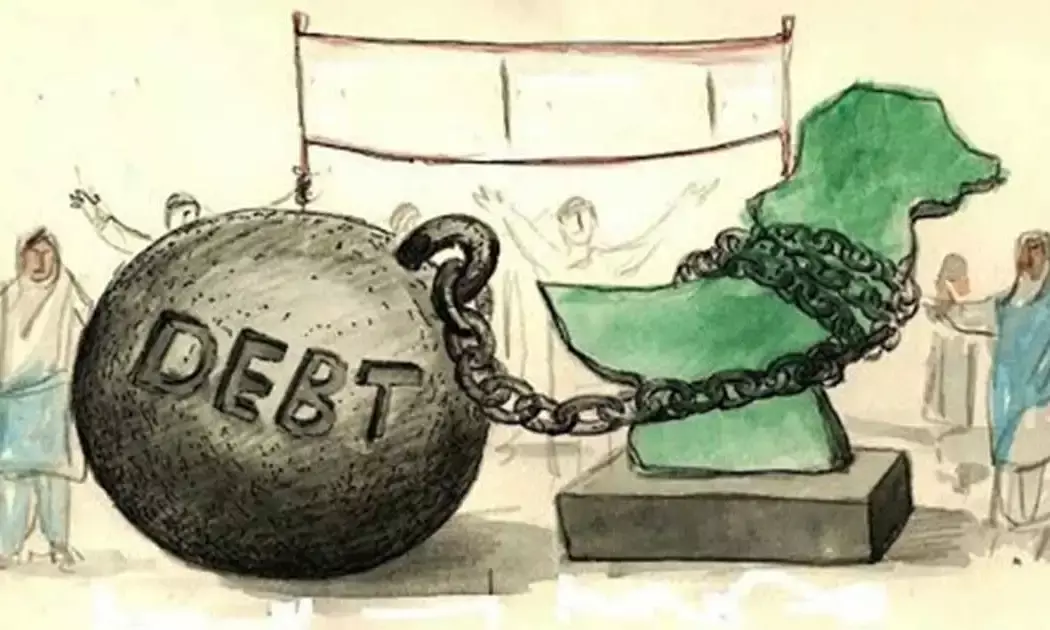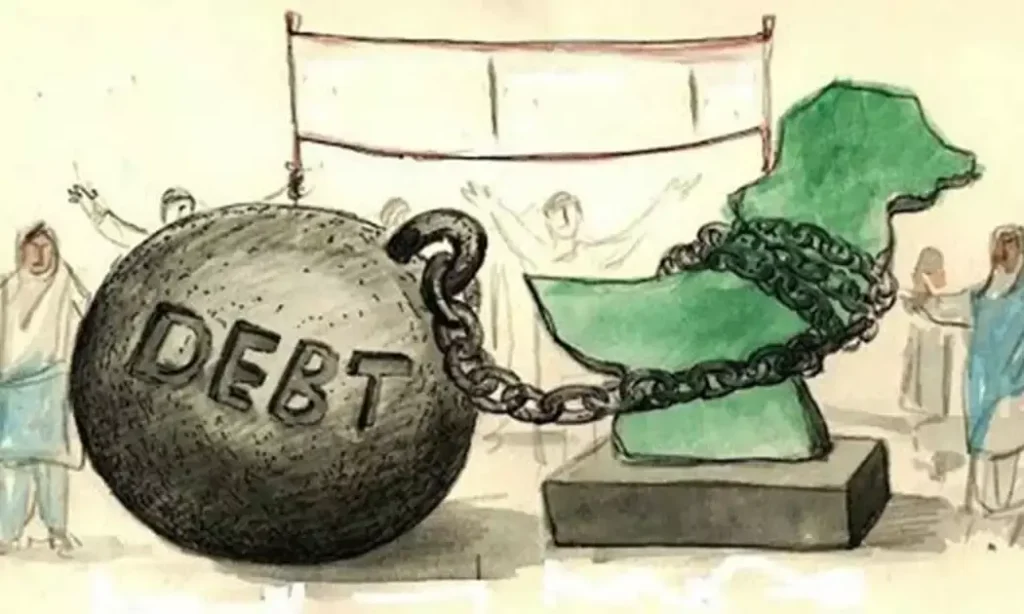Recent Posts
Pakistan’s Fragile Economy Strained by Debt, Slow Reforms


Pakistan’s Economy on Life Support : Navigating Debt and the Need for Reforms
Pakistan’s economy stands at a critical juncture, grappling with mounting debt, sluggish growth, and the pressing need for structural reforms. Despite receiving international financial assistance, the nation’s economic stability remains precarious, necessitating urgent and comprehensive policy actions.
A History of Financial Assistance
Since joining the International Monetary Fund (IMF) in 1950, Pakistan has entered into 25 financial arrangements with the institution, often to address recurring fiscal deficits and balance of payments crises. These bailouts have provided temporary relief but have not led to sustained economic stability.
Current Economic Indicators
- GDP Growth: The Asian Development Bank projects Pakistan’s economy to grow by 2.5% in FY2025, a modest increase reflecting ongoing economic challenges.
- Inflation: High inflation rates have eroded purchasing power, impacting the cost of living for the average citizen.
- External Debt: As of December 2024, Pakistan’s external debt stood at $131 billion, with significant repayments due in the current fiscal year.
Challenges to Economic Stability
Several factors contribute to Pakistan’s fragile economic state:
- Structural Weaknesses: The economy suffers from a narrow tax base, inefficient public sector enterprises, and a reliance on imports.
- Political Instability: Frequent changes in government and policy direction have hindered long-term economic planning.
- Geopolitical Tensions: Ongoing conflicts, particularly with neighboring India, have diverted resources and attention from economic development.
The Role of International Assistance
The IMF’s recent approval of new loans to Pakistan underscores the international community’s support. However, this assistance comes with conditions aimed at promoting fiscal discipline and structural reforms.
Additionally, China’s financial support, including a $2 billion loan rollover in March 2025, highlights the strategic partnerships Pakistan relies upon.
Path to Economic Recovery
For sustainable growth, Pakistan must undertake significant reforms:
- Tax Reforms: Broadening the tax base and improving collection mechanisms are essential.
- Public Sector Efficiency: Reforming state-owned enterprises to reduce fiscal burdens.
- Investment in Human Capital: Enhancing education and healthcare to build a more productive workforce.
- Diversification: Reducing reliance on a few sectors by promoting agriculture, manufacturing, and services.
Recent Posts
Categories
- Actor4
- Actress7
- Bank4
- Biography2
- Bollywood4
- Business10
- Company9
- cricket4
- Economy23
- Education6
- Entertainment47
- External Affairs Defence Security1
- Finance1
- Football1
- Health1
- Hollywood2
- Home1
- India70
- india9
- Industry6
- Latest News53
- lifestyle1
- maharashtra1
- market4
- Politicians13
- Politics29
- Press Release282
- Social8
- Sports28
- Stock Marekt18
- Technology25
- Tollywood2
- World40
- world17
Related Articles
MEIL secures bid for India’s first private strategic petroleum reserve
Straightforward Business Report Megha Engineering & Infrastructures Ltd (MEIL) has secured a...
ByNewsium DeskSeptember 16, 2025“Karnataka Secures ₹12 Trillion Investments, Study Finds”
Karnataka has emerged as one of India’s leading destinations for large-scale domestic...
ByNewsium DeskSeptember 4, 2025India’s Forex Reserves Dip $3B to $699.7B: RBI Data
Introduction India’s foreign exchange reserves — often regarded as a cushion against...
ByNewsium DeskJuly 11, 2025KM Birla: US Commerce Secretary ‘Very Positive’ on India-US Ties
Introduction In recent developments, Kumar Mangalam Birla, Chairman of the Aditya Birla...
ByNewsium DeskJune 3, 2025













Leave a comment